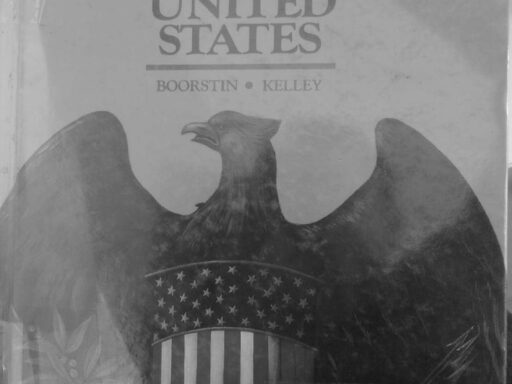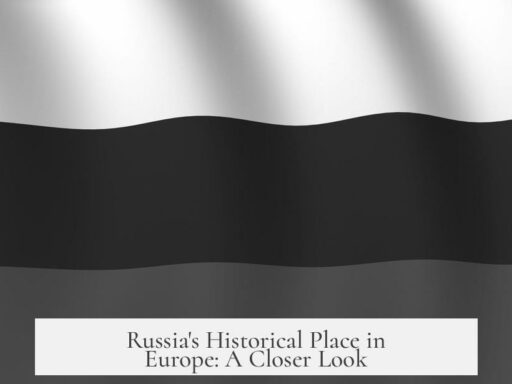Poland has been invaded and conquered many times because of its central geographic position in Europe, lack of natural defenses, and strategic importance as a corridor between powerful neighbors. Its fertile land and trade routes make it economically valuable, while political fragmentation and fluctuating national power have historically undermined its ability to defend itself, rendering it vulnerable to repeated foreign invasions.
Poland’s geography is a primary factor in its history of invasions. Situated almost in the exact center of Europe, the country lies on flat plains with no significant mountain ranges or large rivers to act as natural barriers. This exposes Poland to potential attacks from multiple directions. For example, to travel from Germany in the west to Russia in the east, one must pass through Polish territory. The same applies for moving westward from Russia. Such accessibility makes Poland a natural corridor and an enticing target for military campaigns. Its landscape contains ample arable land and water resources, enhancing its appeal for settlement and agriculture but also making it economically attractive to invading powers.
Historically, Poland was a regional power, particularly during the 16th and early 17th centuries as the Polish-Lithuanian Commonwealth. At its peak, it was one of Europe’s largest and most influential nations with considerable political and economic clout. Despite this, a decline in royal authority and the country’s unique legislative system weakened centralized power. The Polish parliament allowed any single member to veto legislation, causing political paralysis. This limited Poland’s ability to respond swiftly and effectively to external threats. Combined with ethnic and demographic diversity, internal divisions became exploitable weaknesses that neighboring states used to their advantage.
Over centuries, Poland’s neighbors—Germany (Prussia), Russia, Austria, Sweden, and at times the Ottoman Empire—made the country a frequent battleground. The flat terrain and accessible borders facilitated numerous invasions. Historically notable attacks include the Mongol invasions in the 13th century, Swedish Deluge in the mid-17th century, and the three late 18th-century partitions by Russia, Prussia, and Austria that erased Poland as an independent state for over a century.
In the 20th century, Poland briefly reemerged as a sovereign nation after World War I, benefiting from the relative weakening of Germany and Russia. Nevertheless, positioned between these two powerful states, it remained vulnerable. Poland allied with France and Great Britain for protection, but these alliances failed to deter the invasions by Nazi Germany and the Soviet Union in 1939, sparking World War II. Again, Poland’s central location placed it in the path of great powers seeking territorial expansion or strategic advantage.
The strategic importance of Poland extends beyond military use. It occupies vital trade routes linking eastern and western Europe. Control over Poland provides access to markets, resources, and military staging grounds. This economic and political significance incentivizes powers to conquer or dominate the region. Poland’s history of successful brief expansions, such as the period when a Polish king ruled Moscow, exemplifies its role in regional dynamics, but constant pressures from neighboring empires made sustained defense unrealistic.
Despite frequent conquests, Poland exhibits remarkable resilience. The nation repeatedly regained independence after partitions and occupations. It adapted politically and militarily, reinforced national identity, and leveraged alliances through diplomacy and warfare. Poland’s survival, despite centuries of conflict and division, underscores a strong cultural commitment to sovereignty and statehood.
In summary, Poland’s repeated invasions stem from a combination of:
- Its central location in Europe on flat plains with few natural protective barriers
- Its significant economic resources, fertile land, and control of trade corridors
- Its history as a former great power whose political system limited centralized defense
- The ambitions of bordering powerful neighbors such as Germany, Russia, Austria, and Sweden
- The role as a strategic buffer zone, coveted for access between east and west
- Political fragmentation and demographic diversity, exploited by enemies
- The pattern of alliances and conflicts shaping Europe’s balance of power over centuries
| Period | Key Invasions/Conflicts | Conquest Invaders |
|---|---|---|
| 13th Century | Mongol invasion | Mongols |
| 17th Century | Swedish Deluge (1655-1660) | Sweden |
| Late 18th Century | Partitions of Poland (1772, 1793, 1795) | Russia, Prussia, Austria |
| World War I | Various conflicts with neighbors | Germany, Russia, Austro-Hungarian Empire |
| World War II | Invasion and division | Nazi Germany, Soviet Union |
“Poland sits almost in the middle of Europe, with few geographical features protecting it. That means Poland can be invaded from any direction.”
Poland’s unique position and historical circumstances have rendered it simultaneously appealing and vulnerable. The complexities of geography, politics, and power struggles have shaped centuries of conflict and shaped Poland’s national character.
- Central location with flat terrain creates vulnerability.
- Fertile and resource-rich land attracts conquest.
- Political decentralization limits defense capacity.
- Neighboring powers’ expansionist aims fuel invasions.
- Functions as a strategic corridor and buffer zone.
- Historical resilience underscores cultural strength.




